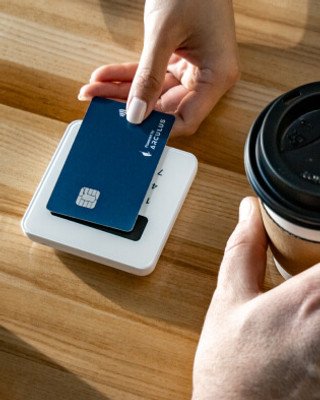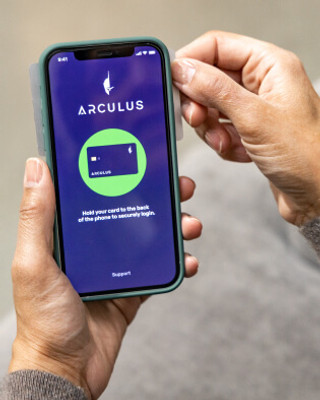The Bitcoin Halving: A Look at its Impact and Importance
The Bitcoin halving is a pivotal event in the cryptocurrency's journey, occurring roughly every four years. This built-in mechanism is a cornerstone of Bitcoin's economic policy, designed to gradually reduce the flow of new Bitcoins entering circulation.
Understanding the Halving Process
When the very first Bitcoin was mined (the genesis block on January 9th, 2009), miners verifying transactions received a 50 BTC reward. This reward has been halved three times, with the next halving expected in April 2024 and will bring the block reward down to 3.125 BTC.
The Purpose of Halving
The primary purpose of the Bitcoin halving is to control inflation. By progressively decreasing the supply of new Bitcoins, these events aim to preserve Bitcoin's scarcity and value over the long term. This concept is rooted in the basic principle of supply and demand: with a fixed total supply and increased demand, the halvings should make Bitcoin scarcer, potentially driving up its price.
The presence of Bitcoin ETFs in the market may also impact the dynamics of this halving event, as institutional investors and funds can now gain exposure to Bitcoin more easily.
A Look Back: Halvings in Action
The first halving occurred on November 28th, 2012, cutting the block reward from 50 BTC to 25 BTC. Interestingly, the following year saw Bitcoin's price surge from $13 to a peak of $1,152. The second halving, on July 16th, 2016, reduced the reward to 12.5 BTC. This coincided with the boom of altcoins and ICOs, and Bitcoin reached a new all-time high of $17,760 the following year. The most recent halving, amidst the COVID-19 pandemic on May 11th, 2020, cut the reward to 6.25 BTC. While the global economy faced a downturn due to the pandemic, Bitcoin went on to break records, hitting a new high of over $67,000 the following year.
Clearing Up Misconceptions
A common misconception is that the halving directly triggers a price increase. While historical data shows significant price rallies following halvings, the relationship isn't quite cause and effect. Bitcoin's price is influenced by many factors, including global economic conditions, investor sentiment, and adoption rates. Halvings are just one piece of the puzzle, and their impact on price can be delayed or even muted by other market forces.
Another misconception is that the halving weakens the Bitcoin network's security or hashrate. While the reduced block rewards may make mining less profitable initially, miners have historically adapted by expanding capacity and becoming more efficient.
Price Response to Past Halvings
Bitcoin halvings have historically been followed by significant price increases. This pattern is often attributed to the reduced supply of new Bitcoins, essentially creating a supply shock that drives up demand and prices. However, it's crucial to note that the price response to each halving has been unique. The first halving saw a price increase of over 8,700% in the following year, while the second and third halvings witnessed more modest but substantial increases of around 2,600% and 600%, respectively.
Securing Your Bitcoin
Regardless of price movements, the core significance of the Bitcoin halving is in its role in maintaining Bitcoin's scarcity and value over time. As the supply of new Bitcoins diminishes, it becomes ever more important for those who hold Bitcoin to take responsibility for their private keys.
By holding your private keys, you ensure that your Bitcoin truly belongs to you and is not subject to the control of third-party custodians or exchanges. If you want the most secure, self-custody of your Bitcoin, you should use a secure and convenient hardware wallet like the Arculus Cold Storage Wallet.
As we know, Bitcoin ownership is the key to freedom and privacy. If you don’t have self-custody of your Bitcoin, what’s the point of holding it in the first place? Not Your Keys. Not Your Bitcoin.












